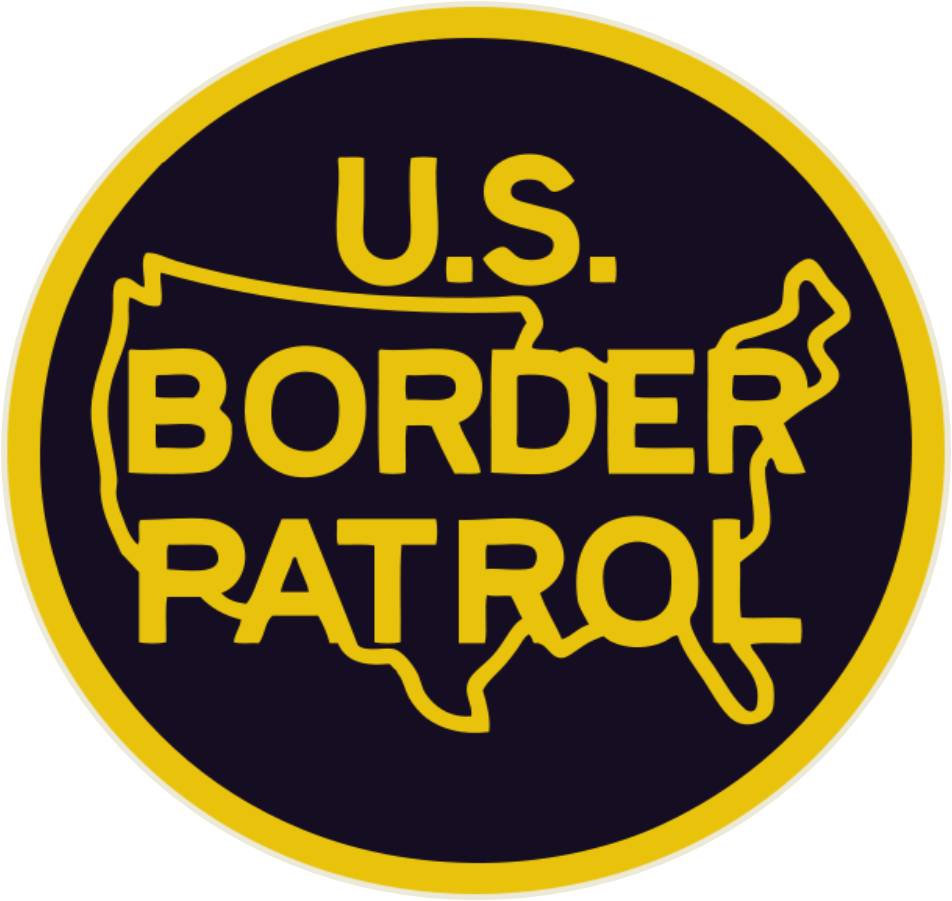 This is reposted (via Techdirt).
This is reposted (via Techdirt).by Tim Cushing
Mon, Mar 10th 2014 1:17pm
The US Border Patrol has handed down new guidelines for use of deadly force after its agents killed 19 people in 67 shooting incidents between 2010-2012. The U.S. Border Patrol has restricted border agents’ authority to shoot at moving vehicles or at least 19 deaths since 2010…
The new rules would bring the Border Patrol’s practices closer to those used routinely by the nation’s major urban police departments. They are a response, in part, to widespread complaints from immigrant advocates that border agents have shot and killed people in some cases when deadly force was not necessary to protect the lives of agents or the public.
Why did the CBP open fire on so many people? Well, it’s because agents feared for their safety. Why did they fear for their safety? Because they put themselves deliberately in that position, according to a report commissioned by the CBP and written by law enforcement experts.
House and Senate oversight committees requested copies last fall but received only a summary that omitted the most controversial findings — that some border agents stood in front of moving vehicles as a pretext to open fire and that agents could have moved away from rock throwers instead of shooting at them…
“It is suspected that in many vehicle shooting cases, the subject driver was attempting to flee from the agents who intentionally put themselves into the exit path of the vehicle, thereby exposing themselves to additional risk and creating justification for the use of deadly force,” the report reads. In some cases, “passengers were struck by agents’ gunfire.”
Judging from this, one would almost believe certain CBP agents were just looking for excuses to shoot someone. And the CBP agents’ response has been to claim that new guidelines — telling them not to stand in front of escaping vehicles and to move away from rock-throwing individuals — will somehow make the job more dangerous.
The response, marked “Law Enforcement Sensitive,” states that a ban on shooting at rock throwers “could create a more dangerous environment” because many agents operate “in rural or desolate areas, often alone, where concealment, cover and egress is not an option.”
If drug smugglers knew border agents were not allowed to shoot at their vehicles, it argues, more drivers would try to run over agents.
The authors of the report had this to say in response to the CBP’s speculative assertion (spearheaded by CBP union reps, who have stated that they will “oppose any restriction on CBP officers’ use of force”).
“It should be recognized that a half-ounce (200-grain) bullet is unlikely to stop a 4,000-pound moving vehicle, and if the driver … is disabled by a bullet, the vehicle will become a totally unguided threat,” it says. “Obviously, shooting at a moving vehicle can pose a risk to bystanders including other agents.”
So, while the new guidance lays out some common sense rules in hopes of decreasing the number of deadly shootings, some feel it still doesn’t go far enough. The ACLU is recommending the use of body cameras to ensure each use of force is properly documented. Zoe Lofgren has called for more transparency from the agency itself, which has still refused to reveal how many officers (if any) received any sort of disciplinary action for inappropriate use of force.
The CBP obviously has transparency issues. Every effort was made to prevent this report from being made public, despite the CBP itself commissioning it. And, as we’ve covered earlier, the CBP has obscured the use of its drone “lending library” by failing to produce documents and heavily redacting those it did turn over in response to FOIA requests.
It’s one thing for these agents to defend themselves against deadly force. It’s quite another to put yourself in harm’s way simply to justify the use of deadly force (the it’s-coming-right-for-us loophole). If the agency is truly seeking to rid itself of its trigger-happy reputation, it needs to enforce these guidelines and open up its use of force track record to public scrutiny.
